By Madeline Aberg, Postdoctoral Researcher at Oregon State, and Eve Thomason, Research Associate in the Raptor Research Center at Boise State University
Many important habitats for birds overlap with public lands where people enjoy the outdoors. One example is the Morley Nelson Snake River Birds of Prey National Conservation Area, or the NCA, where IBO has studied breeding Long-billed Curlews.
The NCA also is home to the greatest concentration of nesting birds of prey in North America.
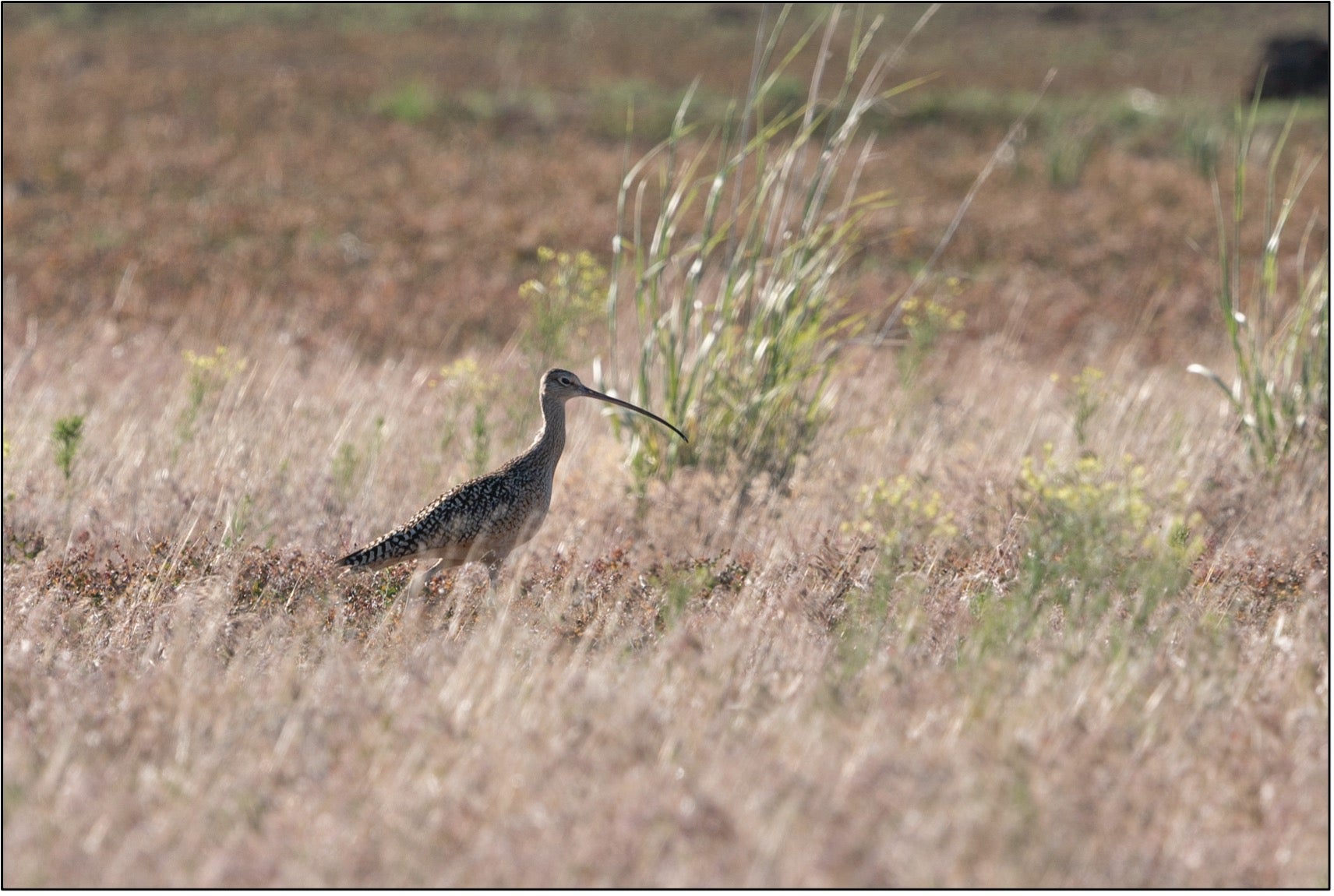
Allowing people to access and enjoy the area is an important goal of public lands like the NCA. However, having birds and people in the same area can lead to human-wildlife conflict and negative impacts on species of conservation concern. Concern for Long-billed Curlews and raptors led to an effort to better understand interactions between people and birds at the NCA.
Outdoor recreation is one activity on public lands that leads to human-wildlife interactions and conflict.
At the NCA, recreational shooting, targeting inanimate targets or unprotected mammals, is the most common recreational activity.
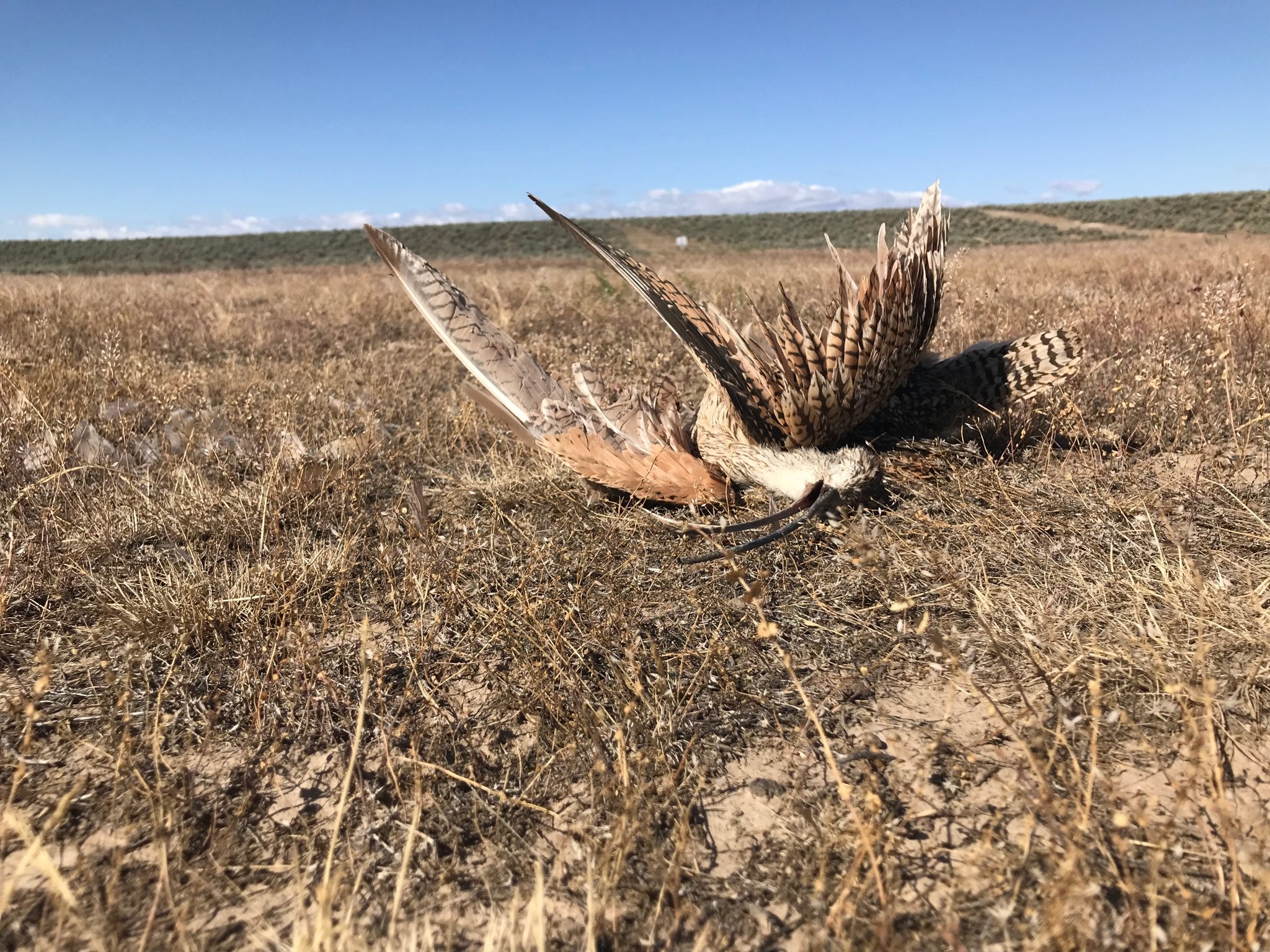
One piece of our effort was to understand the people involved in human-wildlife interactions, specifically who is recreating at the NCA, where within the NCA, and why. We used questionnaire surveys to ask recreational shooters these questions and used observations to learn about where they go within the NCA
We learned that most recreationists at the NCA were from the surrounding Boise metropolitan area and came to the NCA to have fun and enjoy nature.
Recreational shooters selected sites within the NCA that had a hill that they could shoot into (i.e., a backstop) and limited crowding. Recreational shooters’ survey responses matched our observations, which showed hotspots of shooting in locations with backstops that were closest to Boise, where most recreationists reported living.
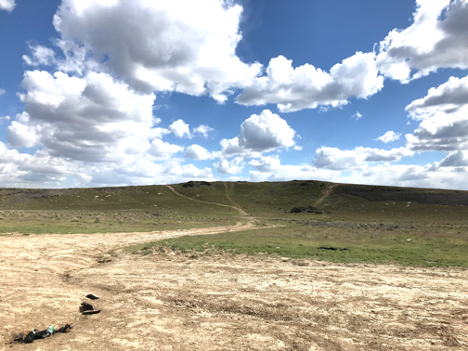
Understanding where people are and why gave us information about where people and birds might interact at the NCA.
We took what we learned about where and why people shoot and asked how that affects the nesting success of Long-billed Curlews and Horned Larks, another common bird at the NCA that also nests on the ground but was not known to be a target of illegal shooting. We found that Long-billed Curlews are much less likely to have a successful nesting attempt (one or more chick leaves the nest) in areas with lots of recreation. This might be because curlews work hard to defend their nest, even when the “predator” is a group of people, which leaves the nest exposed to actual predators like ravens or badgers.
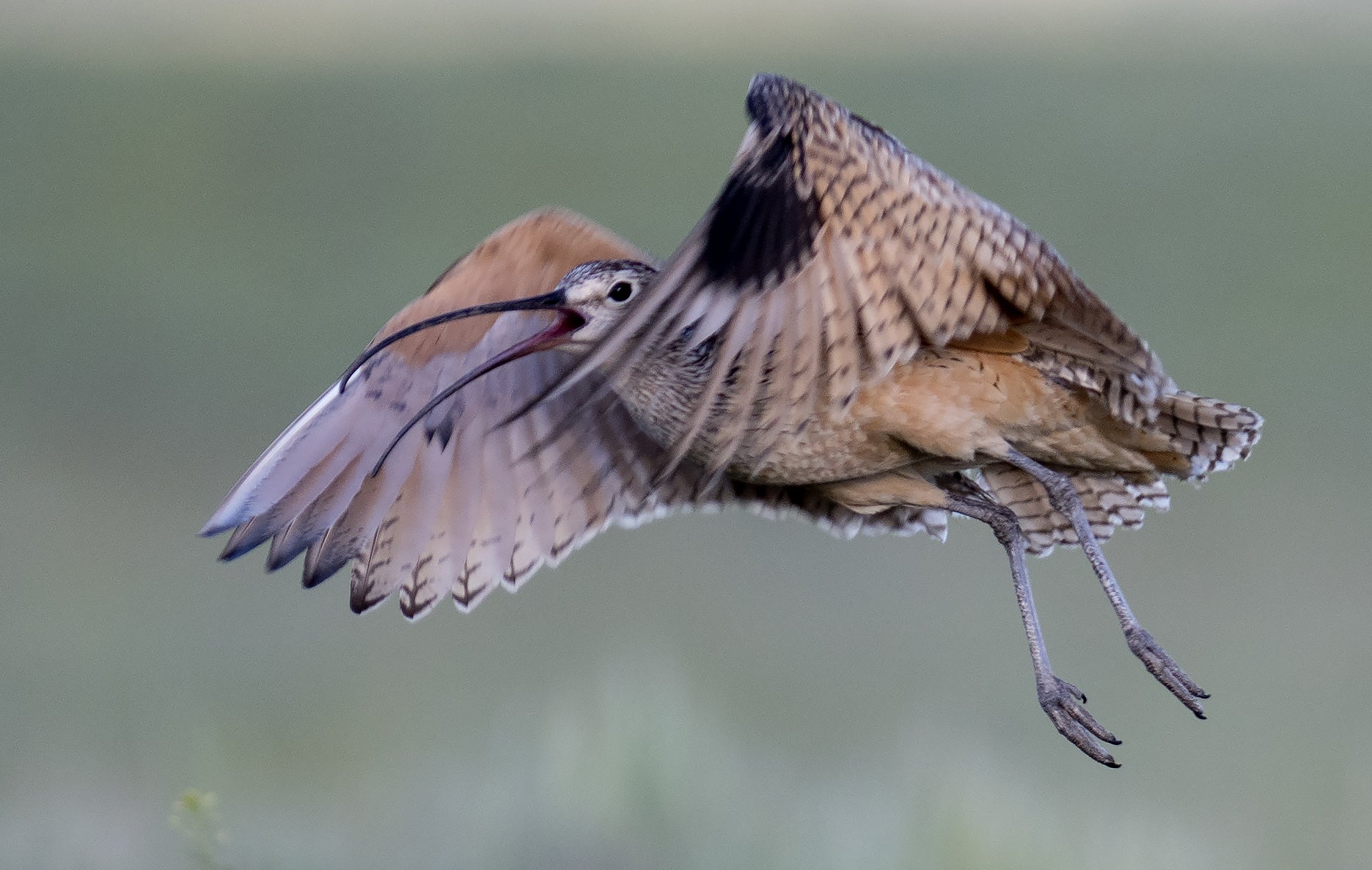
We found that recreation did not affect the nest success of horned larks, which illustrates the differences between species and the importance of considering sensitive species, like the Long-billed Curlew.
A particularly concerning interaction between birds and people at the NCA and other public lands is the illegal shooting of protected bird species along power lines. Power poles can be especially attractive to birds in landscapes like the NCA, which contain few naturally occurring tall perches and nest sites. Power poles provide birds with a good vantage point but also expose them to risks. Electrocutions and collisions are often the first things that come to mind, but shooting has also been identified as another risk to birds along power lines.
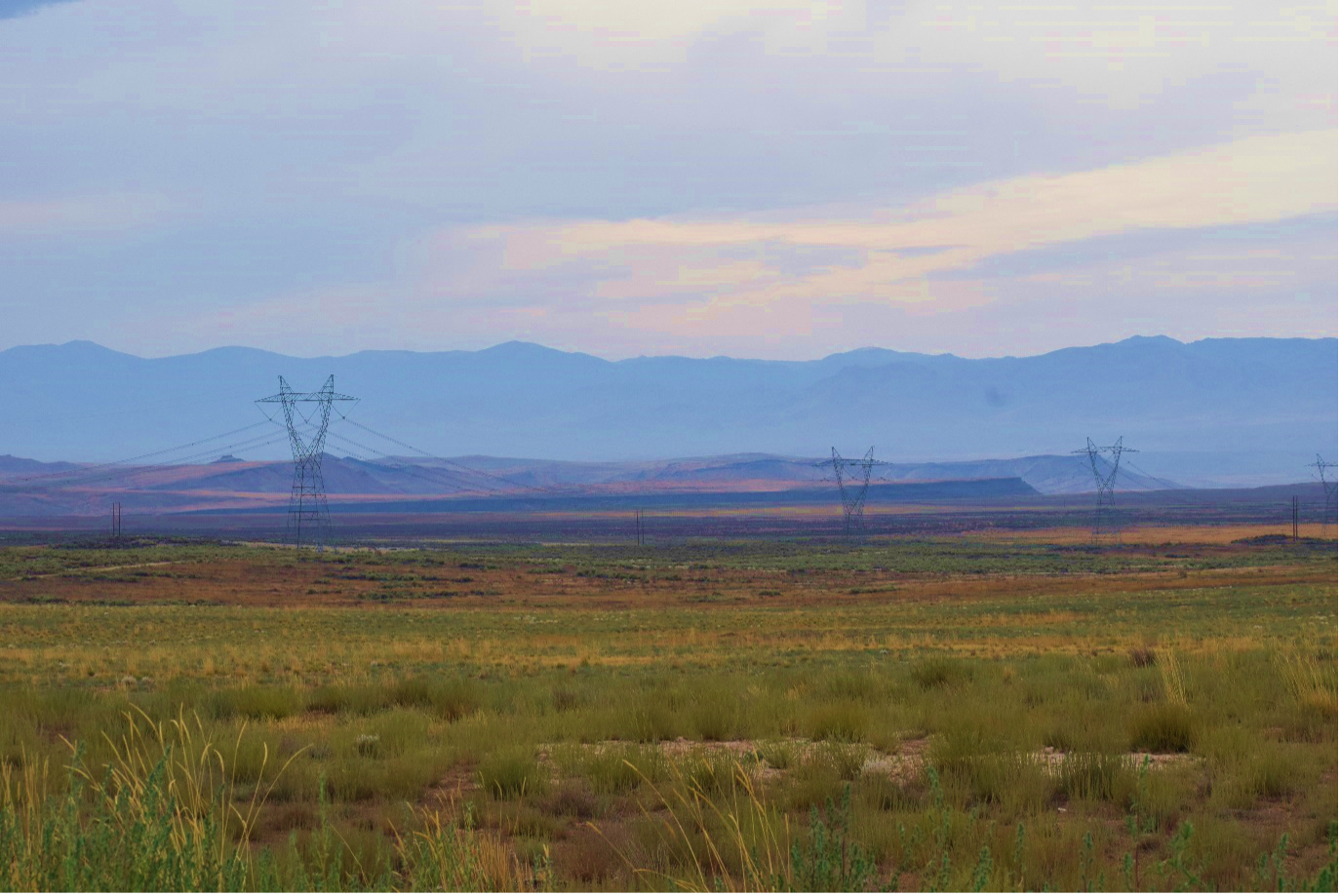
For years, raptors and ravens had been found dead along power lines in the NCA, and in 2019, we set out to understand how these birds were dying.
Research shows that illegal shooting was the most common cause of death for birds that were found dead along power lines in the NCA and that most illegal shooting was concentrated in recreational shooting areas. In follow-up work in 2021 and 2022, we investigated where and when illegal shooting was occurring in the NCA to begin to uncover the “why” behind it.
Nearly all illegal shooting that our team detected occurred in the spring and consistently occurred within recreational shooting hotspots.
This suggests an association with the spring peak in recreational shooting activities. Further, a law enforcement investigation led to the prosecution of individuals who went to the NCA specifically to shoot raptors, providing evidence that some of the illegal shooting we detected was not an opportunistic event but rather was the sole intention of some users of the NCA.
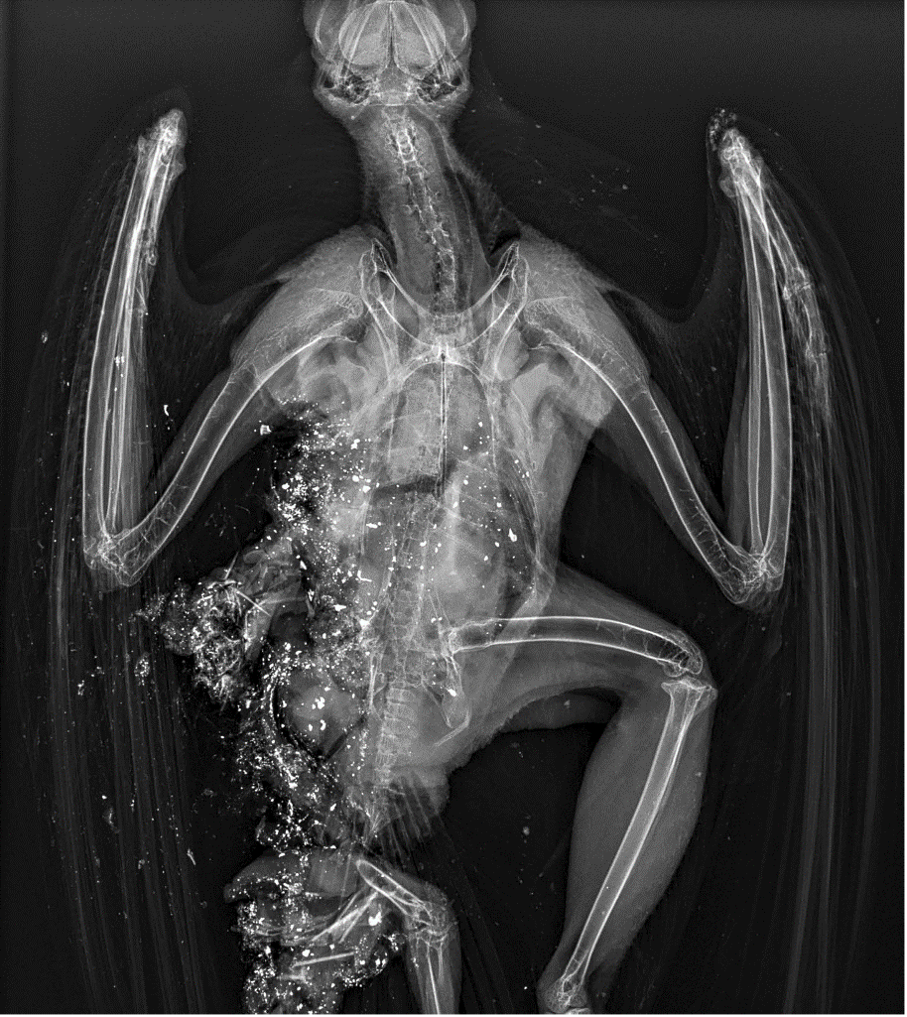
Efforts to solve conservation problems can be more successful if we understand what is causing the problem, in this instance, how birds are dying along power lines. In the case of illegal shooting of raptors and other protected birds, uncovering patterns in when and where it occurs can give insight into why it happens, which may help utilities, law enforcement, and managers develop appropriate strategies to address it.
Human-wildlife conflict can stem from many sources, and motivations for this behavior are not one-size-fits-all.
Thus, the complexity of this problem suggests that a solution will likely require more than a singular perspective or approach. With increased awareness of the issue and concern about the negative impacts of illegal shooting, there has been substantial interest among collaborators and agencies to address the issue jointly.
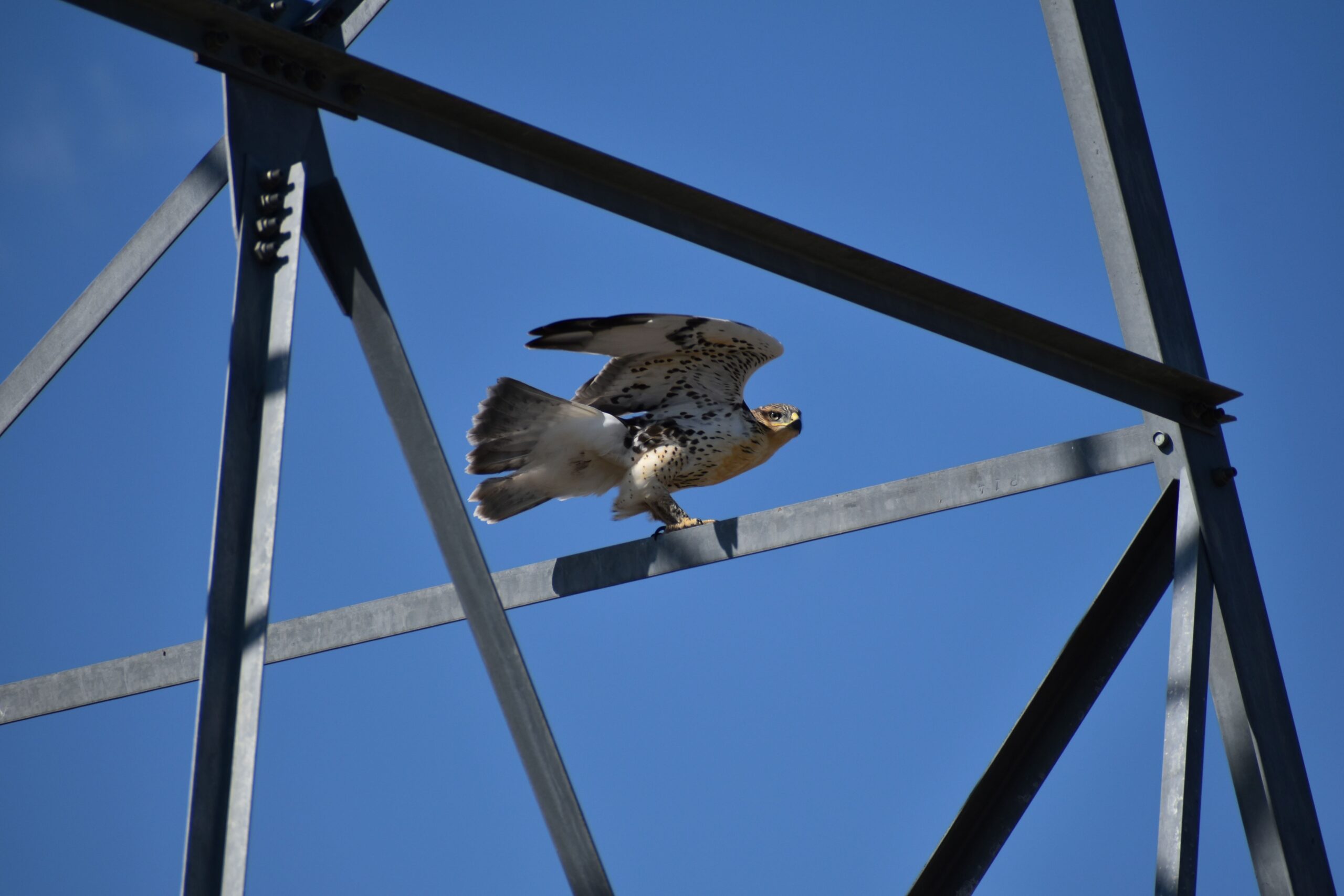
As the number of recreationists at the NCA continues to increase, there are likely to be more interactions between humans and wildlife, particularly during the nesting season for many avian species. Studying these interactions from multiple perspectives can help us better mitigate the adverse effects of these interactions through strategies like increasing public awareness of wildlife laws and safe shooting practices. This important work aims to make public lands a place for humans and wildlife in the future.
This article is part of our 2023 end of the year newsletter! View the full newsletter here, or click “older posts” to read the next article.
Make sure you don’t miss out on IBO news! Sign up to get our email updates.